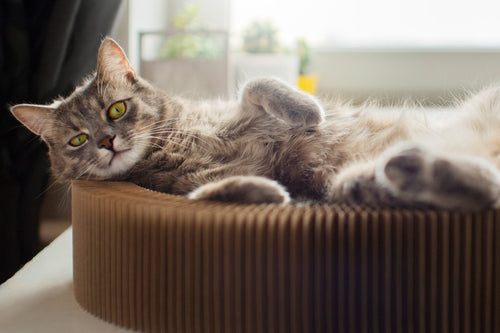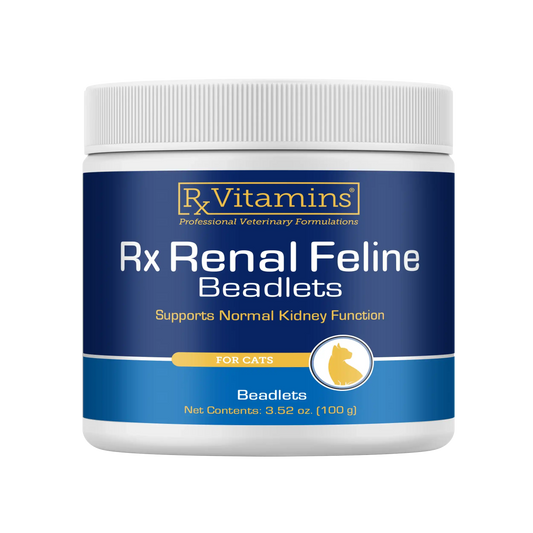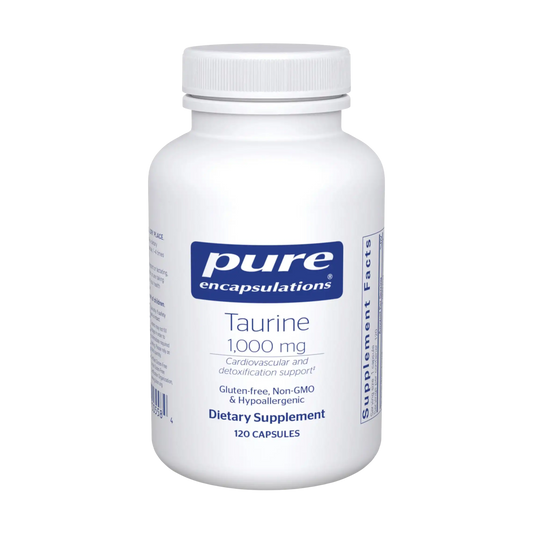Sharing your life with a cat (or ten) requires that both you and your cat make adjustments in order to cohabitate together in a peaceful, nourishing and healthy environment. Our cats are born with many natural instincts that we must help humanely manage, one of the biggest being scratching. For many years, declawing cats was a popular procedure used to avoid unwanted scratching. In this blog, I want to discuss the dangers associated with declawing your cat, and safe alternatives to declawing you can use to manage your cat’s scratching.
Soften your shame.
Before we fully dive into the often triggering topic of cat declawing, I invite you to soften your shame. If you’ve ever chosen to declaw a cat, this blog is not intended to tear you apart. For many years, declawing was considered a popular medical procedure to correct unwanted scratching from cats. Most cat parents had no idea what the procedure entailed, or the life altering effects it could have on their kitty.
You’ve probably heard the saying “Know better, do better”. That applies here, and to all of pet-parenting! We do the best we can, with what we know and what we have. Now you’re here, and you're learning more. This is the hard and beautiful part of life.
If you are a cat parent or advocate who has always known the damaging effects of declawing, this is your time to use such knowledge as empowerment and education, and not as a reason to shame others. I believe in your ability to hold that space and change the world while you’re at it.
What is declawing?
Declawing is not a pretty procedure. According to the AVMA, declawing is “the surgical amputation of all or part of a cat’s third phalange (toe bones)”. Declawing is a painful surgical procedure with an often equally painful recovery period.
The long term results of declawing can be just as devastating as the actual procedure. Many declawed cats go on to live life with arthritis and body pain, behavioral problems such as aggression, and litter box issues. The side effects of declawing can be just as problematic as the initial scratching, and often even more difficult to manage.
By now, most veterinarians and animal professionals will all agree that declawing cats is an inhumane procedure. If your veterinarian is suggesting, promoting or encouraging this surgery, I would highly recommend a new vet or second opinion. There are many safe and effective alternatives to declawing.
Why does your cat need to scratch?
Scratching is a very instinctual activity for your cat!
Cats scratch for many reasons including:
- Entertainment
- Emotional regulation
- Marking territory
- Sharpening their nails
- Protection (either fighting back or climbing)
- Stretching
Alternatives to declawing.
While scratching is very instinctual for cats, there is a time and a place, and inappropriate uses of both can be problematic and undesired. The good news is that, while declawing is 100% not a recommended solution for your cat’s scratching, there are many healthy alternatives to declawing!
Here are just a few alternatives to declawing your kitty:
- Train them young. If you have the opportunity, redirect your kitten or young cat to appropriate scratching locations. Managing these expectations at a young age is often the only need for creating healthy and appropriate scratching habits in your cat! Please note that kittens under four weeks of age do not retract their nails.
- Provide appropriate scratching outlets. This is crucial! We can’t get frustrated with our cat scratching the brand new couch if we are not giving and showing them alternative options. There are plenty of really amazing cat trees and scratching boards available for cats these days! I LOVE this brand. If your cat needs extra encouragement, try feeding their meals of high value treats on or around the cat tree/post/board, or sprinkle some catnip in the area.
- Keep your cat’s nails trimmed. Cat scratching is often just proper hygiene for your cat! Consider helping your cat with regular mani/pedis if this seems to be the case. However, if your cat goes outdoors, they need their nails for climbing and defending.
- Help to regulate your cat’s stress. Scratching can be emotional regulation, as it can relieve stress while releasing feel-good hormones. If your cat’s scratching has a potential stress component, help them out! Consider adding more toys into their life, more quality time with you, food puzzles, play-time around meals, or diffuse synthetic pheromones in the house (such as Feliway) that mimic stress-relieving pheromones.
- Nail caps. If all else fails, nail caps (like these) are excellent alternatives to declawing. They are pain free, easy to apply, stop scratching and are temporary. I encourage you to explore some of the above alternatives first, since there are so many great benefits to scratching for your cat!
As the amazing cat parent and kitty advocate that you are, I encourage you to share this information about alternatives to declawing with the world. Passing along pet-parent wisdom and knowledge is one of the most powerful things you can do for the safety and wellbeing of our cats and future generations to come!
Lots of love,
Claire










